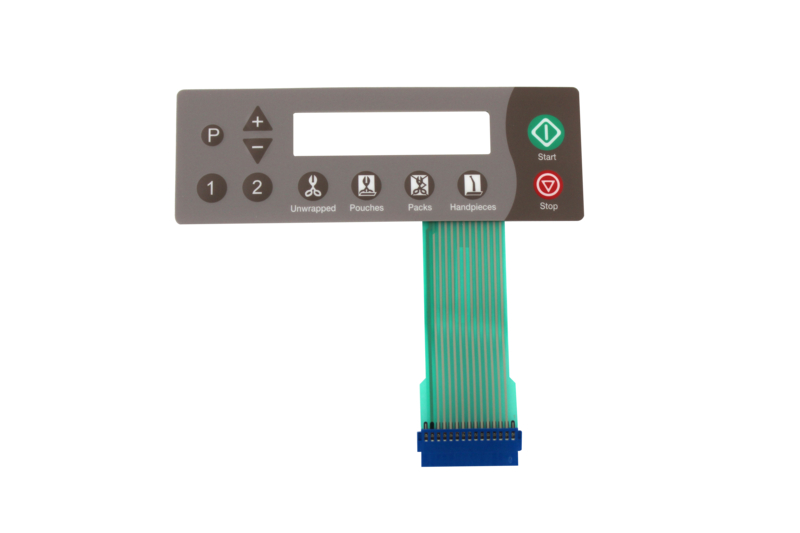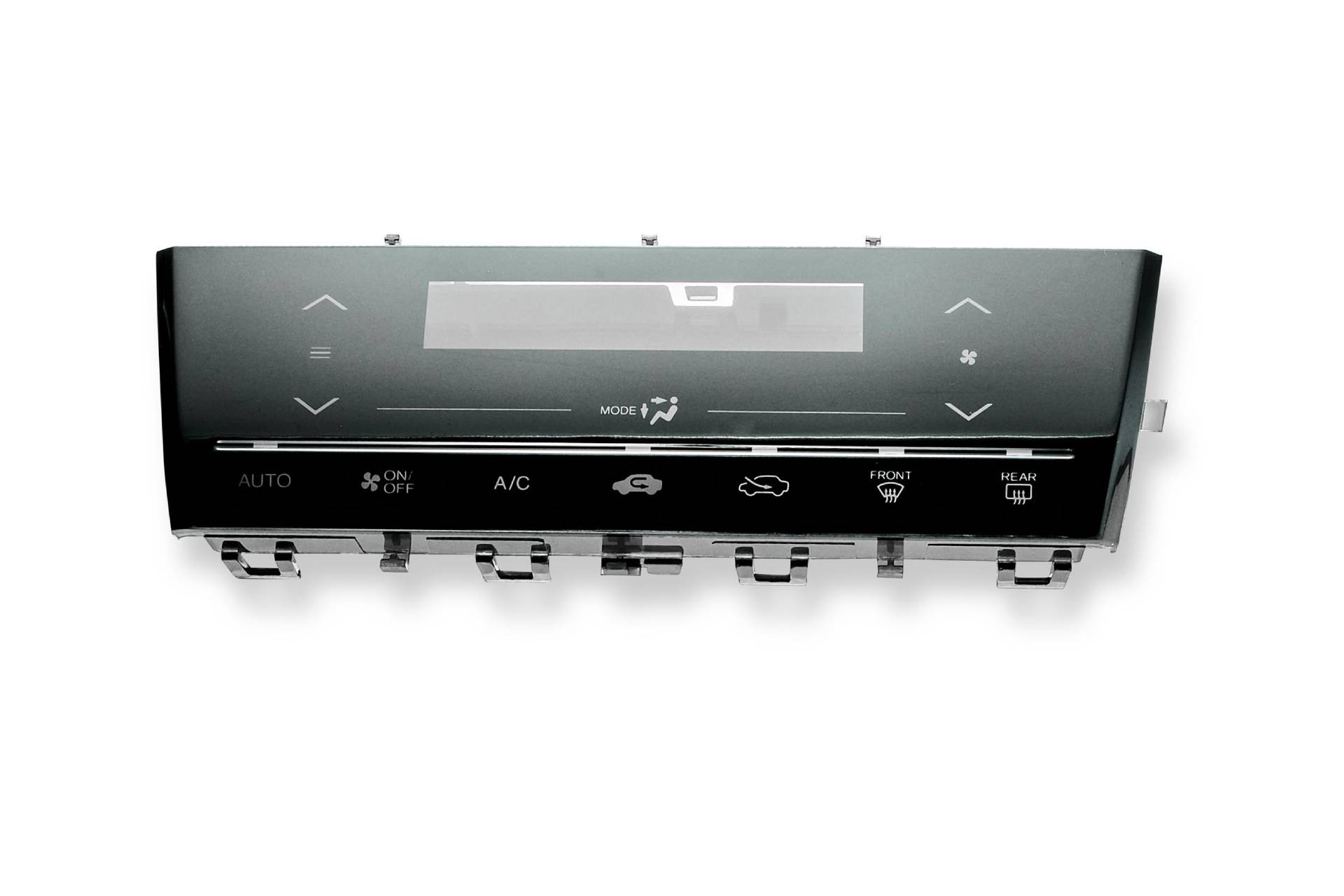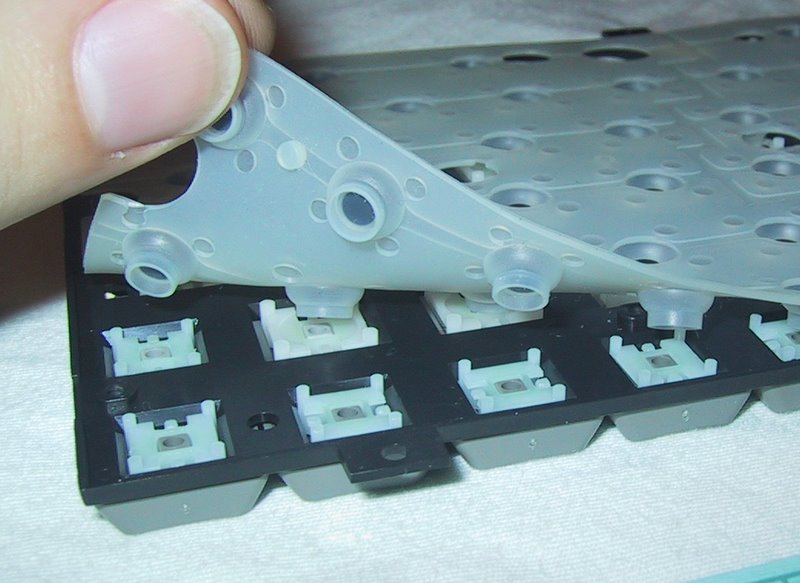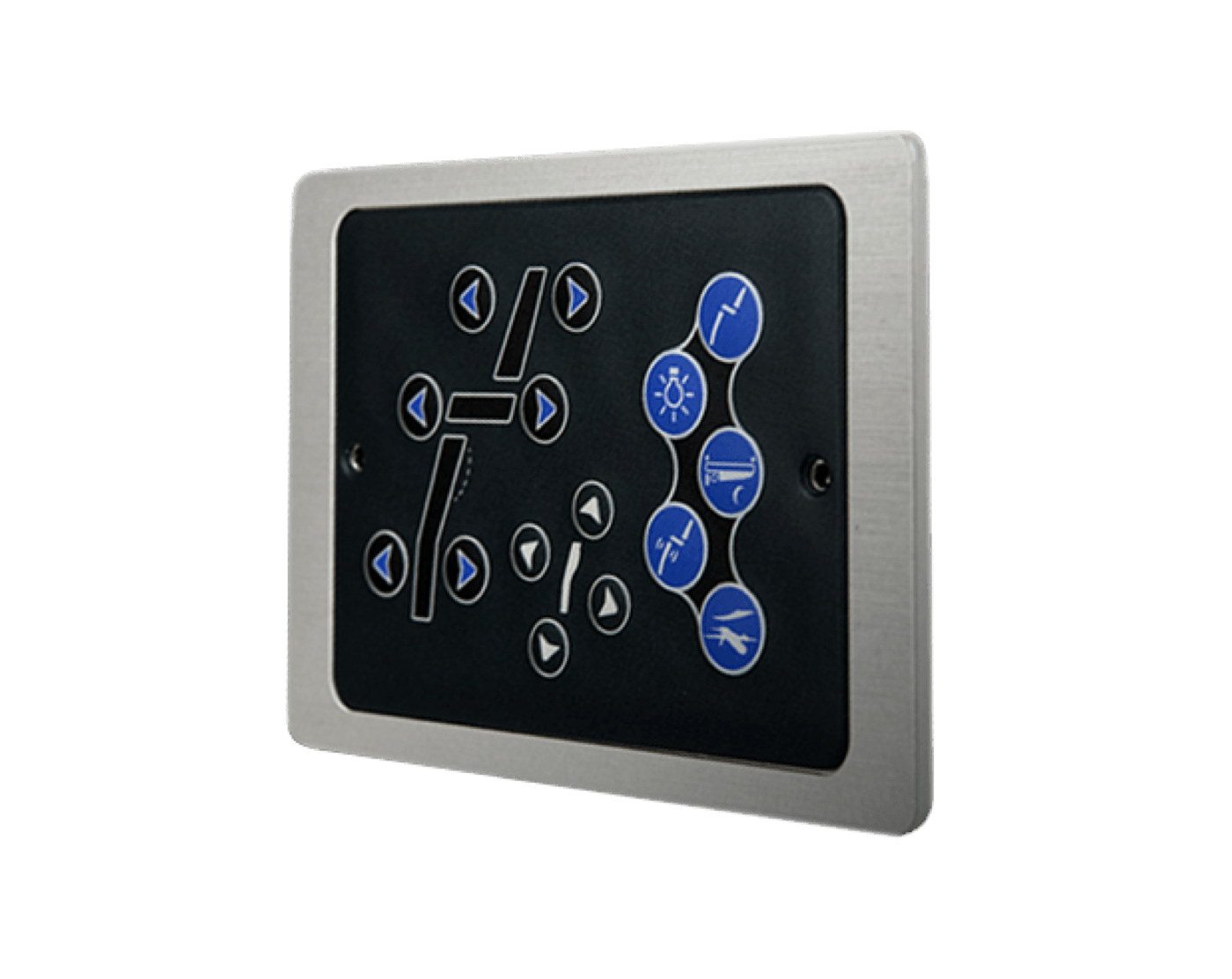An creative membrane switch manufacturer can develop cutting-edge features and materials.
An creative membrane switch manufacturer can develop cutting-edge features and materials.
Blog Article
All About Membrane Layer Switch Over: Comprehending Its Style and Capability
When you consider the control interfaces in contemporary devices, membrane layer switches usually come to mind. These elements are greater than just switches; they mix design and performance flawlessly. Comprehending how they work and what makes them effective can change your perspective on daily electronic devices. Yet, there are subtleties to their layout and performance that you might not understand. Let's explore what sets membrane layer changes aside from various other control systems.
What Are Membrane Layer Switches?

Membrane layer buttons can additionally be personalized relating to shape, dimension, and graphics, enabling makers to produce one-of-a-kind interfaces tailored to particular products. Overall, membrane switches play a considerable role in improving individual experience across a large array of applications.
How Membrane Layer Switches Work
When you push a trick on a membrane layer button, it activates an uncomplicated yet efficient device. membrane switch manufacturer. The top layer, commonly made of flexible material, pushes down onto a conductive layer beneath it.
You'll discover that the responsive feedback varies based on the button style, providing either a soft click or a much more noticable response. Once you release the secret, the membrane go back to its original placement, reopening the circuit and stopping the signal. This procedure occurs practically immediately, making sure a responsive customer experience.
Membrane layer switches are popular due to their durability and resistance to dirt and wetness, making them ideal for numerous applications, from family appliances to clinical tools. Understanding this operation helps you value their prevalent usage.
Trick Parts of Membrane Switches
Comprehending the key elements of membrane layer buttons is fundamental for comprehending their performance and style. The protective layer shields against ecological factors and wear, extending the button's life-span. By recognizing these elements, you'll get insight right into how membrane switches operate and their importance in different applications.
Materials Used in Membrane Change Style
The performance and durability of membrane switches over greatly depend upon the products made use of in their style. You generally experience polyester and polycarbonate as key substratums because of their excellent toughness and versatility. These materials resist scrapes and chemicals, making them optimal for demanding settings.
The conductive layers typically use silver or carbon, chosen for their reliability and conductivity. membrane switch manufacturer. Silver offers remarkable performance, while carbon is an economical alternative. For the overlay, you might take into consideration a matte or glossy surface, depending upon your visual needs and user experience
Adhesives play an essential duty also; they bond layers firmly and assure longevity. Make specific to pick adhesives that endure ecological aspects like temperature level and moisture. Don't forget the significance of an excellent printing technique for graphics, as it boosts both performance and aesthetic allure. Picking the appropriate materials will certainly assure your membrane button stands the examination of time.
Layout Factors To Consider for Membrane Layer Switches
While creating membrane buttons, it's vital to think about different elements that affect their functionality and customer experience. Begin by focusing on the design and button dimension; ensure they're intuitive and very easy to browse. Consider the tactile feedback you intend to offer-- will customers require a noticeable click or a softer touch? Additionally, think of the materials you'll make use of, as they'll affect durability and aesthetics.
Do not look at this web-site overlook the visuals design; clear labeling and shade comparison are significant for exposure. Verify your layout fits environmental elements, like moisture or temperature variants, which can influence performance. Bear in mind the value of screening prototypes with genuine individuals to gather responses and make necessary adjustments. This repetitive process helps you improve my latest blog post the layout, verifying it fulfills both functional and visual demands successfully. By carefully considering these components, you'll create a membrane layer button that boosts use and fulfillment.
Applications of Membrane Layer Switches
Membrane layer switches are functional elements discovered in different applications, from commercial devices to consumer electronic devices. You'll see their effect in devices that require durable user interfaces and in gadgets that gain from streamlined styles. Understanding these applications assists you value the functionality and functionality of membrane switches in day-to-day innovation.
Industrial Devices Use
When you're wanting to improve the capability of industrial tools, membrane switches supply a trusted service that integrates sturdiness with easy to use layout. These switches are excellent for rough settings, offering resistance to dirt, moisture, and chemicals. You'll find them in control panels for manufacturing makers, heating and cooling systems, and medical devices, where precision and responsiveness are essential. Their reduced account indicates they fit effortlessly right into different equipment, conserving valuable space while maintaining convenience of usage. With customizable graphics and backlighting choices, you can produce an intuitive interface for operators, enhancing performance and safety and security. Plus, their long life-span minimizes maintenance expenses, making them a smart investment for your commercial applications. Welcome membrane buttons to enhance your procedures and boost total performance.
Customer Electronics Combination
In the domain her latest blog name of customer electronic devices, membrane switches play a crucial function in boosting individual interaction and device performance. Membrane layer buttons also ensure longevity and resistance to dirt and dampness, extending the life expectancy of your electronic devices. By picking membrane layer switches, you improve not simply the functionality but likewise the style of your gadgets, making everyday communications smooth and enjoyable.
Advantages and Drawbacks of Membrane Switches
While membrane switches provide a variety of benefits, they also come with some disadvantages that you should take into consideration. One considerable benefit is their compact design, making them optimal for space-constrained applications.

Membrane layer switches can have a much shorter life-span compared to mechanical switches, especially under heavy use. They can also be much less tactile, which might impact individual comments during operation. Stabilizing these pros and disadvantages will assist you identify if membrane buttons are the best fit for your task.
Frequently Asked Questions
How Much Time Do Membrane Changes Normally Last?
Membrane changes commonly last in between 5 to one decade, depending on use and ecological problems. You'll desire to assess factors like wear, exposure to moisture, and temperature fluctuations to assess their longevity successfully.
Can Membrane Switches Be Personalized for Certain Styles?
Yes, you can customize membrane buttons to fit details designs (membrane switch manufacturer). You'll have the freedom to choose colors, shapes, and layouts that match your task's requirements, ensuring they mix seamlessly with your overall visual
What Is the Price Array for Membrane Switch Production?
The cost range for membrane button manufacturing generally falls in between $1 and $10 per device, depending on aspects like style intricacy, amount, and products. You can obtain quotes from suppliers to find the finest alternative.

Are Membrane Switches Over Water-proof or Resistant?
Membrane layer buttons can be developed to be waterproof or resistant, depending on products utilized and building approaches. If you need them for wet atmospheres, ensure you define those needs during the layout procedure.
Exactly How Do Membrane Changes Contrast to Standard Buttons?
Membrane buttons are typically thinner and much more flexible than standard switches, providing a smooth design. They're often simpler to cleanse and integrate, but may not give the responsive feedback you're made use of to with mechanical alternatives.
Conclusion

Report this page